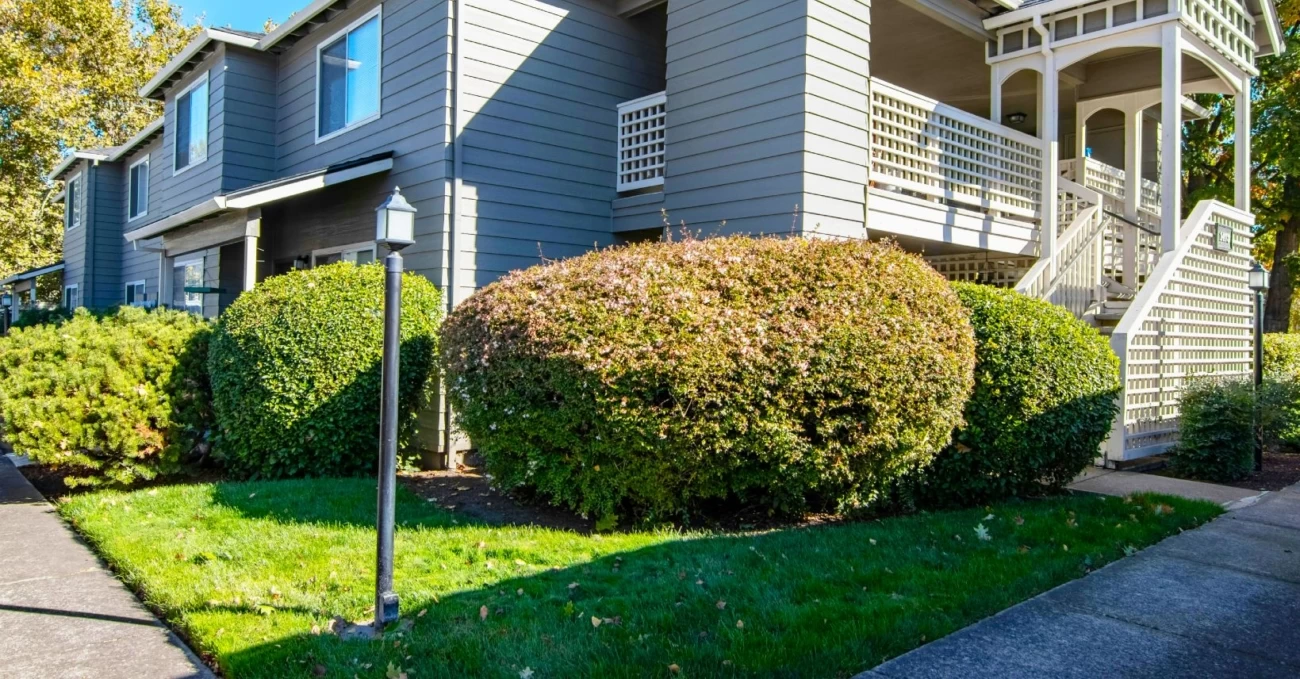
How to Finance Your First Investment Property
One of the biggest hurdles new investors face when entering the real estate market is financing. Buying your first investment property is exciting, but it also requires careful financial planning and an understanding of the different funding options available. Whether you’re interested in flipping homes, renting out apartments, or purchasing commercial spaces, knowing how to secure financing can make or break your success.
Step 1: Assess Your Financial Readiness
Before you even start shopping for properties, take a hard look at your personal finances. Do you have a stable income, a good credit score, and manageable debt levels? Lenders want to see that you’re financially reliable. Typically, a credit score above 680 puts you in a stronger position to qualify for better loan terms. It’s also wise to have a healthy emergency fund, since real estate often comes with unexpected expenses.
Step 2: Save for a Down Payment
Unlike buying a personal residence, investment properties usually require larger down payments. While you might purchase a primary home with as little as 3–5% down, most lenders require at least 20–25% for investment properties. This higher requirement reduces the lender’s risk but means you need more cash upfront. Saving diligently or exploring creative strategies (like partnering with another investor) can help you meet this goal faster.
Step 3: Explore Financing Options
There are several ways to finance your first investment property, each with its pros and cons:
-
Conventional Loans – The most common route, offered by banks and mortgage lenders. They have strict requirements but generally offer lower interest rates if you qualify.
-
FHA Loans (with conditions) – These are primarily for owner-occupied properties but can be an option if you plan to live in one unit of a multi-family property while renting out the others.
-
Hard Money Loans – These short-term, high-interest loans are based more on the property’s value than your credit. They’re useful for flips but risky if the property doesn’t sell quickly.
-
Private Lenders & Partnerships – Borrowing from individuals or teaming up with investors can provide flexibility, though agreements need to be carefully structured.
-
Home Equity Loans or HELOCs – If you already own property, you may be able to use its equity to fund your next purchase.
Step 4: Factor in Extra Costs
Financing your first investment property isn’t just about the purchase price. You’ll also need to budget for closing costs, renovations, maintenance, property taxes, and insurance. Smart investors build these expenses into their financing plan to avoid surprises down the road.
Step 5: Get Pre-Approved
Pre-approval from a lender gives you a clear picture of what you can afford and makes you a stronger buyer in the eyes of sellers. It also prevents you from wasting time on properties outside your budget.
Step 6: Plan for Cash Flow
If your goal is rental income, run the numbers carefully. Make sure the rent you expect to collect will cover your mortgage payments and operating costs, with room left over for profit. Positive cash flow is key to long-term success.
Final Thoughts
Financing your first investment property may feel overwhelming, but with preparation and research, it’s absolutely achievable. By improving your financial profile, saving for a down payment, and choosing the right financing option, you can take the leap into real estate investing with confidence. Remember: the best financing strategy is one that balances affordability with flexibility, setting you up for sustainable growth.


